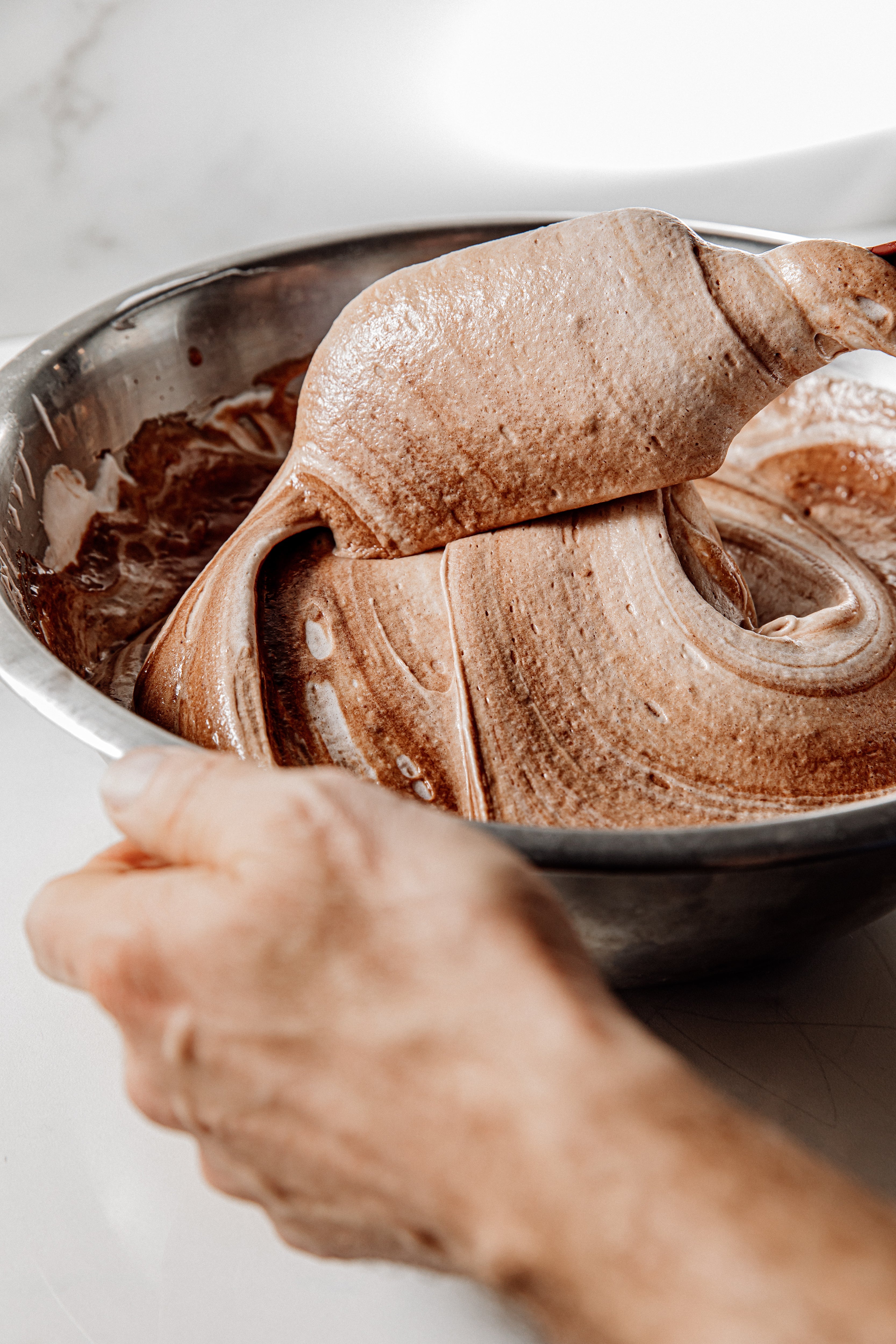Your basket is empty
Already have an account? Log in to check out faster.
Already have an account? Log in to check out faster.

Our guide to the differences in chocolate percentages and their best applications.

All chocolate comes in different percentages, but what does this mean, and how do you know which is best for your needs? We share an overview, as well as further insight from celebrated pâtissier, chocolatier and Guittard ambassador, Lucie Bennett.
What is a chocolate percentage?

The percent cacao refers to the amount of cocoa beans in the chocolate, which includes both mass and any added cocoa butter. Chocolate percentages range from 20 for white chocolate to 100 percent for dark chocolate.
White chocolate

Sometimes described as not being ‘true’ chocolate, as it doesn’t contain any cocoa solids, white chocolate must still contain at least 20 percent cocoa butter. This lower percentage creates a rich, creamy and sweet flavour, and mellower profile that balances well against bolder flavours, like citrus, berries, or spices. The high cocoa butter content also means it has a very smooth melting texture that lends itself well to ganaches, glazes, mousses, dipping sauces and even white chocolate ice cream.
Lucie says “Thanks to its high fluidity, Guittard’s couverture Soie Blanche 35% is ideal for creating delicate, intricate chocolate decorations, which I often use to elevate the finish of celebration cakes. When using it to make chocolate mousse, I pair it with passion fruit to cut through the sweetness and bring a bright, sharp contrast.”
Milk Chocolate

Milk chocolate can sit anywhere between 20-50 percent and the percentage dictating the usage becomes more apparent. A milk chocolate around the 20- 40 percentage will still have a sweetness but also the stronger chocolate presence to stand up in brownies, cookies, chocolate sauces, mousse and a ganache. Guittard’s Soleil D’or 38% couverture works well in a crèmeux ice cream and sorbet. However, whilst it’s only a percentage increase of around 10 percent, chocolate sitting around the 40-50 percent mark’s uses change. This richer, darker chocolate is best for enrobing and shell moulding too. Lucie says “Éclipse du Soleil 41% Cacao is my go-to milk chocolate couverture. The higher cocoa content offers a more balanced profile, less sweet than standard milk chocolates, yet rich in flavour. One of my favourite combinations is coating a layered chocolate cake filled with hazelnut crème mousseline with a 41% milk chocolate ganache which creates depth and balance to my recipe.”
Dark chocolate

Lucie is currently working on recipes using the La Nuit Noire 55%, calling it “A dark couverture with a rich fudge flavour that works beautifully in applications like ganache and crémeux. It brings an indulgent depth to my chocolate cakes and desserts without overpowering the other components I’ve carefully paired it with. This couverture is especially well-suited for chocolate fudge cakes, where its balanced profile enhances the richness of the recipe.”
From 60 percent upwards, chocolate will work well in a bittersweet capacity, as it contains less sugar, and this works well for a variety of dishes. Guittard’s Coucher du Soleil 72% couverture has a rich intensity and smooth, creamy mouthfeel and clean finish. With the added depth of favour, higher percentages work well with flourless cakes, enrobing, shell moulding and add dimension to a crèmeux, ganache, or mousse. This percentage also works well for truffles, sauces and even savoury dishes as it offsets the deeper, richer flavours.
Why Guittard?
At Guittard Chocolate, we’ve spent over 150 years perfecting our craft, sourcing the finest cacao, and collaborating with world-class chefs to create couverture chocolates that inspire creativity. Our commitment to sustainability ensures that every chocolate is ethically sourced and crafted with care. Read our story.